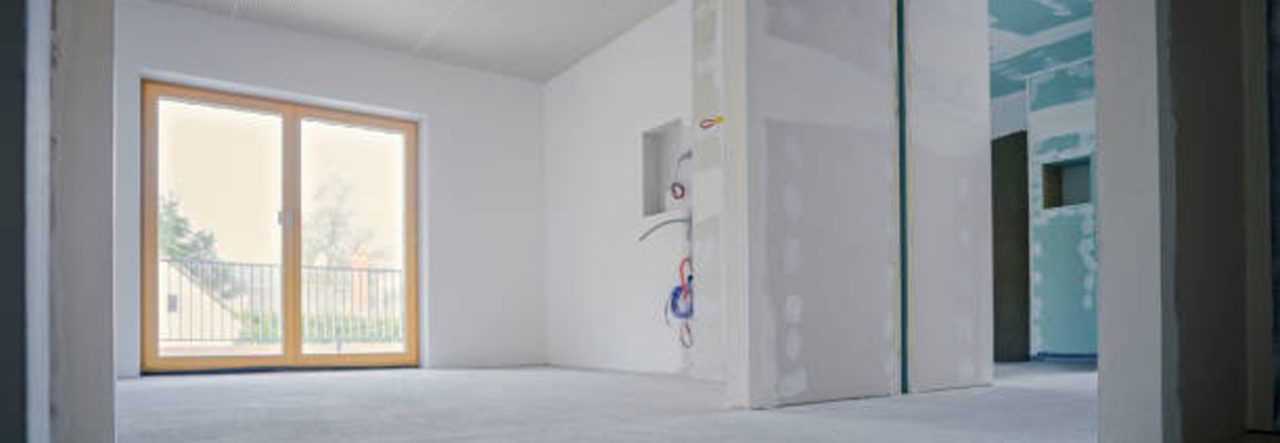
Dry walling is one of the most transformative steps in any interior remodel. The choice to do your drywall prior to or after your ceiling can drastically affect the overall feel and look of any space.
We’ve seen people unknowingly make crucial mistakes when it comes to this step. So today, we want to shed some light on why dry walling walls before ceilings aren’t always the best option and provide useful tips for a successful experience.
Keep reading to find out if it’s a good idea to drywall before the ceiling or vice versa.
Why You Shouldn’t Always Drywall Walls before Ceilings

Generally speaking, doing walls before ceilings is not recommended because it makes it much more difficult to complete the job properly due to awkward angles that are difficult to reach.
It also puts a strain on your arms as they must be stretched over your head while trying to attach screws or nails into place. Additionally, any mistakes made while completing your walls will be amplified when you move onto your ceiling portion of the project.
Any inconsistencies in height or measurements become more obvious when viewed from above. For these reasons, it’s generally a best practice not to do walls before ceilings unless absolutely necessary.
Tips for Successful Wall and Ceiling Dry walling
If you choose to do both wall and ceiling portions of your project at once, there are a few tips you should keep in mind in order to ensure success.
First, start off by measuring the distance between each stud multiple times throughout the bottom half of your project (i.e., measuring from one edge of a stud to another). This ensures that all measurements remain consistent between each stud once you transfer them up the wall.
Make sure that you use long straight boards throughout both portions as well since curves can distort measurements over time. If necessary, make adjustments accordingly during installation.
Finally, double-check all measurements as you go along; this prevents mistakes from being overlooked, which can cause delays later on down the line.
Pros and Cons of Doing Walls before or After the Ceiling
Ultimately, whether or not you choose ceilings before walls are completely up to personal preference; however, there are certain advantages and disadvantages associated with either method respectively.
Doing walls first has its advantages: easier access with less fatigue due to shorter lengths between studs; however, there are drawbacks too: Inconsistent measurements due to slight stretching while reaching over one’s head can cause errors that can lead to wasted time during correction sessions further down the line.
On the other hand, doing your ceiling first tends to have fewer drawbacks: It eliminates any awkward angles making installation smoother; however, it requires greater arm strength due to its longer distances between studs which makes fatigue levels higher than usual.
Ultimately, personal preference should be taken into account when deciding whether or not to start with walls or ceilings but consider what would work best for accuracy purposes.
Conclusion
Knowing the pros and cons before you drywall the ceiling can help you decide if it is the right option for your project. Generally, dry walling first is possible, but it may lead to additional labor costs due to later height adjustments.
Moreover, wall-to-ceiling dry walling could cause seams and cracks. In some cases, dry lining walls before ceilings may be advantageous as it allows for more flexibility when making adjustments.
Ultimately, this is a decision that you will have to make based on your own needs and preferences. If you know the risks and benefits of dry-walling before ceilings, you can make a wise choice. Good luck.
